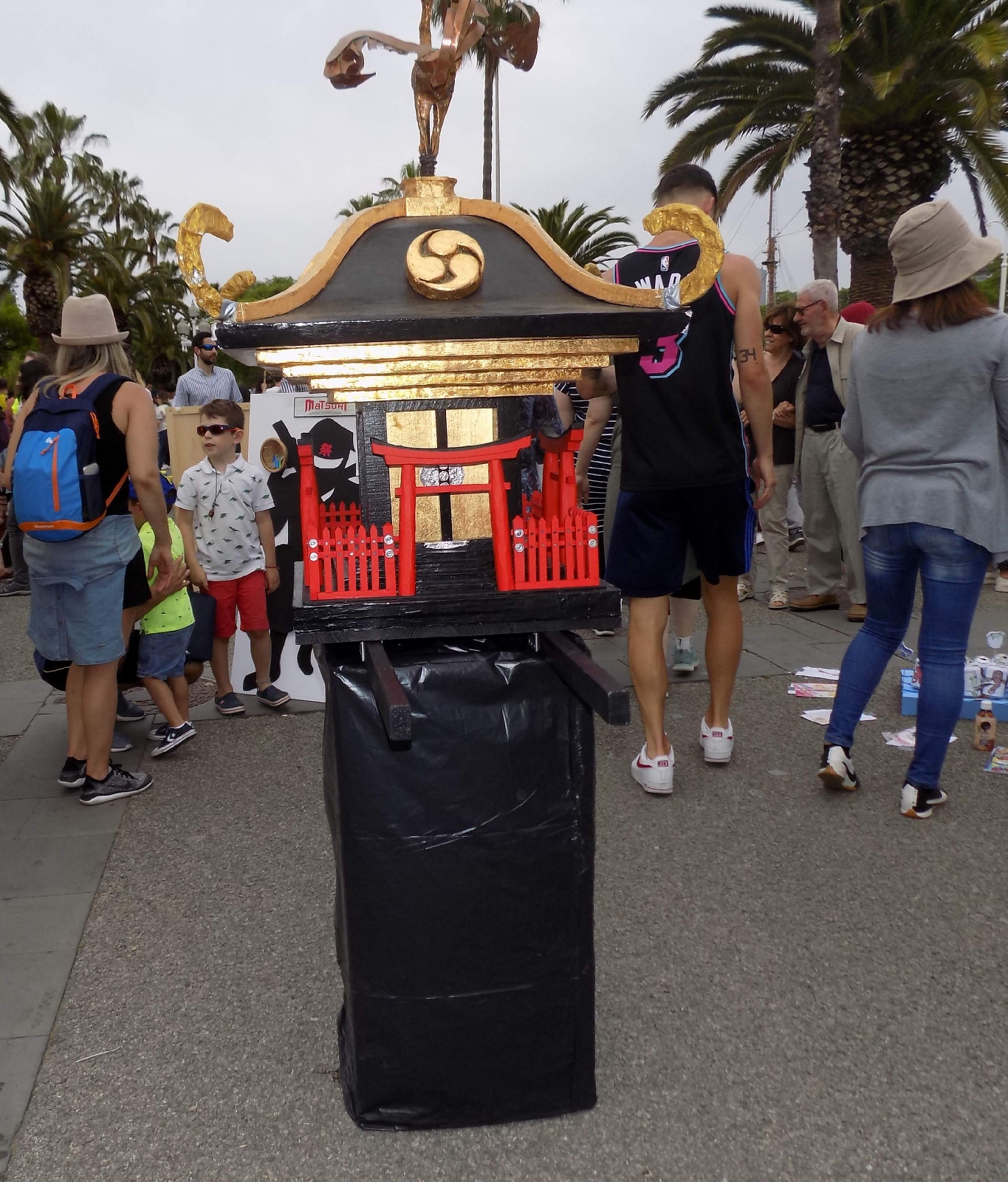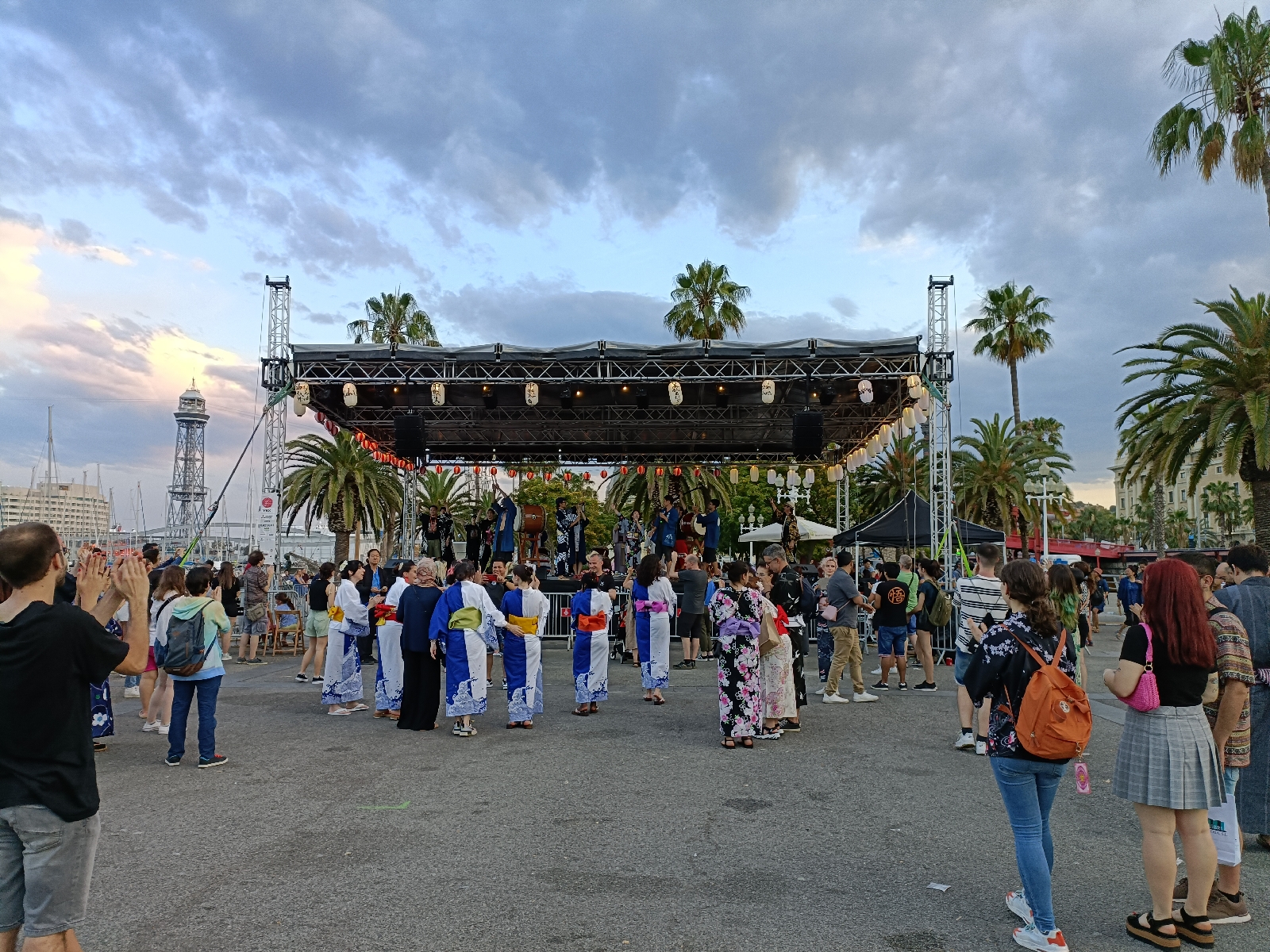There are no specific matsuri days for all of Japan, with dates varying from region to region and even within regions, but they tend to cluster around traditional holidays such as Setsubun or Bon Odori. Almost every locality has at least one matsuri in late summer or early fall, usually in connection with the rice harvest.
Major matsuri often include processions, usually paraded with elaborate floats or palanquins (mikoshi and dashi). Preparations for these processions are usually organized at the neighborhood (machi) level. Before these, the local deity (kami) may be ritually installed on a mikoshi (portable altar) that is carried in procession through the streets.
You can almost always find stalls around a matsuri selling souvenirs and foods like takoyaki, as well as games like Kingyo Sukui (fishing for goldfish with small paper nets). Karaoke contests, sumo competitions, and other entertainment are often organized in conjunction with matsuri. If the festival is held by a lake, boats are often available for hire as well.
At Barcelona's Matsuri we do traditional dances (Bon Odori - 盆踊り) and you can enjoy live traditional drum music called (“Taiko” - 太鼓) among other activities.









